« In the NO Podcast: The Return
Game On: Pels Host Wizards »
An Analysis on the Pelicans Defensive Struggles
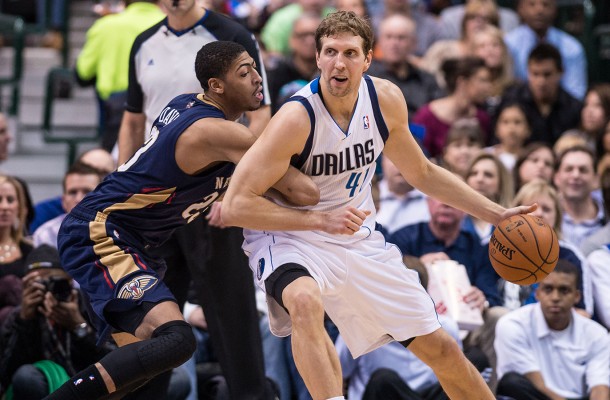
I’ve been wondering for the longest time why the Pelicans have struggled on defense. They have what appears to be a talent group of athletes. All are more than capable of containing and defending the talent on offer in the NBA.
Currently New Orleans ranks 25th in defensive rating this season. They’ve only improved slightly year-on-year from 2012: 2012 – 110.1 (28th), 2013 – 110.1 (27th) and 2014 – 109.4 (25th). Last season nine of the top ten defensively rated teams made the playoffs.
What’s so puzzling is that the Pelicans this season have for a significant period of time led the league in blocked shots (they’re now 3rd). Yet, they continue to post sub-par numbers and its effecting their record.
The purpose of this piece will be to establish what the cause of the issues are on the defensive end for New Orleans.
By no means will it be an accurate representation of their development and progress, but will merely try to establish the potential issues that are rooted on that side of the court.
Establishing the cause of the issue
Constructing a defensive philosophy usually centers around the principle of taking away the shot the opponent wants to get on offense. The three most efficient shots in the NBA are:
- Layup/dunk
- Three-pointer
- Free-Throw
For this purpose we would assume that the New Orleans coaching staff has put in practice a strategy that would limit these three shots. Let us then look at some of the key measurements against the three most efficient shots.
New Orleans fairs well in restricting their opponents FT attempts as well as defending the three point line. However, the number that jumps out is that they rank right at the very bottom at points in the paint.
In addition it also is extremely important to note that Pelican opponents attempt the most field goals in the NBA between 0-5 feet from the basket. It’s clear that the opposition is intent on getting to the cup time and time again.
This is extremely surprising considering that the Pelicans are 3rd in the league in blocked shots. So what is causing the issue?
Well, after watching a lot of game film it quickly becomes apparent that the Pelicans issues are mostly centered around their ability to defend the pick and roll (PnR). The most common set in the NBA is defended in a variety of ways. Teams will have strategies that are often a combination of the players on the floor as well as the coaching staffs philosophy on what is the most important thing to stop.
The Pick and Roll Basics
When Germany fought in WW1 they had a strategy to invade France known as the Schlieffen plan. Its mechanics involved going on the offensive and deploying troops through Belgium and into northern France while Italian and Hungarian troops held things to the south.
It took nine years to finalize and failed.
Much like the Schlieffen plan the Pelicans pick and roll (pop) defense doesn’t look too good – but is showing signs of improvement.
NBA teams defend the pick and roll in a variety of ways. In order to figure out what the Pelicans do here is a brief explanation of each type of strategy
- Blue (commonly known as “ice” or “down”)
This usually occurs with a side pick and roll. The screener’s defender yells out to the on-ball defender that a pick is coming and from what direction. The on-ball defender then takes away the screen by defending pretty much horizontally to the court. The screeners defender then sags back to the other side to contain things.
Evans should be further down acting as the “nail” in help defense. The nail is in most pick and roll coverage’s (especially sideline ones) the most important defender.
The “nail” refers to the help defender who’s responsibility it is to sink to the FT line. The reason it is called nail is that is where a nail used to exist when courts were being painted. How cute.
Here, it’s just as important that Tyreke and Davis play strong help defense, otherwise all things come to naught.
- Hedge or Show
These are two similar types of ways that a team can defend the pick and roll. Essentially the big-man (screener defender) hedges or shows once the pick is set, preventing the ball handler from continuing his dribble. He does this for as long as it takes the on-ball defender to recover. Once that is done the big-man recovers as fast as possible to the screener.
- Switch
There isn’t too much to explain here other than when the screen is set the defender “switch” who they are guarding thus nullifying the effectiveness of the screen. Well, in theory at least.
- Blitz
There aren’t too many examples of New Orleans implementing a “blitz” coverage. But here and here you will find some good examples of the Miami Heat executing it well.
This is essentially a “trap” of the ball with the emphasis on help defense. The two defenders of the ball and screen are to put their hands straight up and are not to foul.
Here is one example of the Pelicans doing a good job of blitzing the pick and roll. Oddly enough, Ryan Anderson is involved. It results in a steal, but could have resulted in a wide open three.
Players are taught to recover back to spots on the court (not to specific players).
- Zone up
A common type of coverage is to “Zone Up.” This is typically implemented with slow footed big-men who aren’t all that athletic.
What happens is when the screen is set the big man sinks to around the FT line and plays a zone to prevent dribble penetration. The guard then fights through the screen and tries to recover as much as possible.
The aim here is to give up a mid-range pull up shot, while taking away a layup.
So what is going on with the Pelicans?
As pointed out earlier the Pelicans are giving up the 3rd most points in the paint. So, what can we gather from their pick and roll (pop) strategy?
After watching game film the Pelicans vary the way the like to defend the set. The good news is that the way they defend the play often depends on the personnel involved.
For example, Ryan Anderson likes to hedge on the side pick and roll, but zones up when the play is in the middle of the court.
Anthony Davis shows on a lot of his coverages utilizing his combination of athleticism and length to contain the ball.
Omer Asik and Alexis Ajinca almost always “zone-up.”
Let’s start off with a good example
In the first one here the ball is on the side – where the Pelicans like to “ice” the pick. Anderson sinks low and Jrue takes away the drive to the right.
Jackson then tries to drive the left, thinking he can beat Anderson.
Anderson does a good job of sinking and Jrue also helps in this capacity by putting more pressure on the ball. Jackson picks up his dribble.
Notice here that Evans is doing a great job acting as the “nail.”
Evans does a great job of helping, virtually ignoring (but not forgetting) his man. Knowing that would be a difficult pass it is Tyreke’s job to help for as long as it takes Anderson to recover to his man.
While this was a good example of how to play the side pick and roll, often this doesn’t happen.
In following example the Suns set a screen way outside from the three point line. Holiday then forces it left down towards the baseline.
Anderson here is way too far up. His responsibility should be to take away the layup and live with a mid-range shot. The position he’s in virtually eliminates that.
Bledsoe drives to his right and exploits Anderson’s slow foot speed. Davis should help a little bit more as well. Instead, he sticks to his man and throws out an arm. He’s too worried about PJ Tucker in the corner (who is lethal).
Holiday gives up trying to recover to his man instead opting to switch. Notice here also that Evans is acting as the “nail.” Instead of trying to cover the pop/roll (which would be Morris) he more or less sticks to Dragic (a good three point shooter) until he notices Anderson is pretty much getting beat.
Bledsoe drives and gets the layup and the foul. The short and narrow of this is that there was confusion as to how they were playing the set.
Anderson was between an ice and a hedge and it then resulted in a switch of sorts.
Ryno should have sunk back more (almost zoning up) waiting for Holiday to recover. The screen wasn’t very strong so this was doable. Evans then needed to be in a better help position. Being closer towards the nail he could have taken away (momentarily) the pop/roll man. This is probably the most difficult part because he needs to be mindful of Dragic who would either cut or be open for a three.
But as highlighted in previous examples if the on-ball defense is good enough the pass would be too difficult to make thus allowing Evans to recover.
The answer for the Pelicans woes in the pick and roll could be Omer Asik. His career defensive rating is 101 (up to 106 – tied 2nd on the team this season).
In this example we look at when the Pelicans “zone up” a common strategy that the Pacers made famous with Roy Hibbert (they now aren’t so good at it).
Here Omer does an excellent job of sinking down and zoning up. He’s essentially saying to Tony Parker “please take a mid-range shot.”
The point here is that the Pelicans are trying to take away the layup. Omer is doing a good job of that. He also knows that he has Anthony Davis lurking around the basket (side note: the Spurs usually put Borris Diaw on the 3-point line to take AD away from the rim).
Parker doesn’t initially attack Asik instead trying to ride Holiday on his back. Jrue does a great job of not only fighting through the screen but recovering to Parker.
Omer continues to contain, still making sure that Parker does not drive to the basket.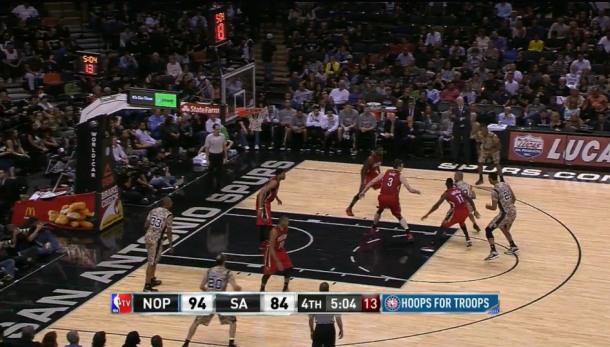
Parker then passes out to Asik who recovers back to Duncan.
The possession ends with Ginobili and Duncan resetting a PnR. Asik again zones up and Ginobili drives and is blocked by Omer and AD.
This example is quite a contrast to another one involving Ryan Anderson.
Quickly here, the Suns opt to go to a middle PnR. This is similar to an earlier demonstration which involved Anderson on the side. It more or less shows a similar outcome where Anderson’s slow foot speed is being taken advantage of.
Ryan is positioned far too high up the floor. Instead of doing what Omer did and “zone up” he kind of “shows” and contains.
Bledsoe drives right by Anderson and gets the layup. It’s a small example of the Pelicans issues of stopping and containing the ball. What results is layups and dunks.
It’s not just Anderson though. Issues stem across to even Anthony Davis who at times gets confused at how to play PnR’s and PnP’s (Pick and Pops).
Here we see Dallas go to a side pick and roll. Dirk comes over to set the screen on Holiday. Jrue does the correct thing on a sideline PnR and takes away the dribble to the right because that would open up a myriad of options for the Mavs.
Davis, shows on the pick and by doing so gives Jrue pause to fight through the screen. Holiday should have done a better job of restricting Barea from driving to his right.
By doing so this causes a bad switch which then gives Dirk an easy layup.
The alterative here if Davis was worried about Dirk would have been to have stuck to his man the entire time and ignored Barea dribbling right. Almost like a show and go of sorts. Evans should also have been further down at the “nail.” This would have prevented any dribble drive by Barea while Holiday recovers.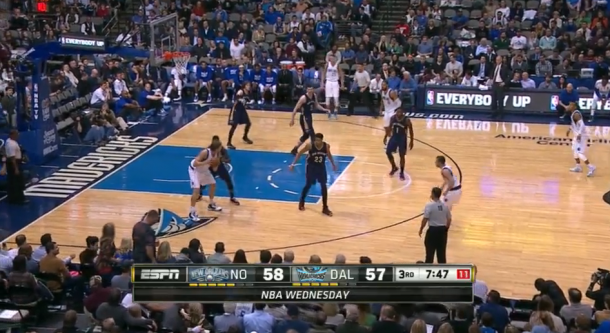
This example is more of a microcosm of an issue that is prevalent throughout; the Pelicans communication at times seems lacking.
It’s not to say that they don’t – however the points in the paint seem to indicate that they are not doing a good job of forcing their opponents into tough shots.
Not forgetting other issues of defensive breakdowns this next example sees Lamarcus Aldridge get shot after shot in and around his sweet spots.
The Pelicans rank 23rd in the NBA at defending shots between 15-19 feet. And in this example we see Portland set another screen between the Pelicans two better defenders Jrue Holiday and Anthony Davis.
There were also a couple of examples prior in this game of the Pels getting burned on the pick and pop – but this one is the most egregious.
So Babbitt has Batum and he cuts to the top left of the three. Aldridge comes to set a screen on Holiday.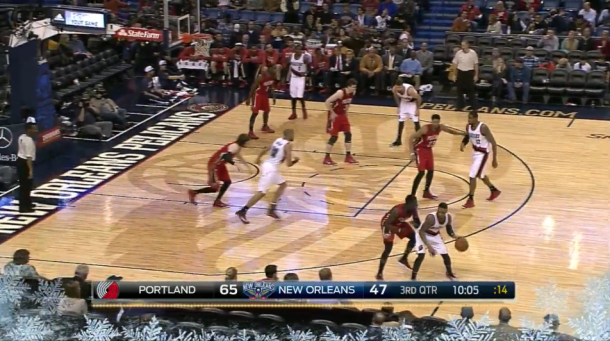
Davis, after being burned trying to show on the PnP earlier in the game, sinks a little lower stopping Lillard from taking a 15-19 foot jumper (which would have been contested by Babbitt as he was in the vicinity since Batum cut to the top of the three.)
So Aldridge begins to pop out to the wing, with Jrue being slowed by the screen.
Instead of recovering, Davis virtually ignores Lamarcus and tries to put ball pressure on Lillard. Here, it appears evident that AD is switching on to Lillard or alternatively is trying to blitz him.
Either way Lillard makes a relatively straight forward pass to Aldrige who is wide-open with no one anywhere near him and drills the mid-range shot.
He also could have walked in for a layup.
What do we make of all this?
The short and narrow of things is that there is a combination of poor ball/dribble containment by the guards as well as what appears to be communication issues between not only the two defenders near the PnR but also help-defenders.
Now, this analysis is taking the broad strokes. Truth be told it’s very difficult to ascertain the actual performance of individual players on defense without the numbers to back it up. Without the use of Synergy it’s a lot more difficult to scrutinize players and how they fair against specific types of offensive sets.
In addition, there is proportion of speculation behind the strategy being implemented by Monty Williams and his staff. We don’t know for sure what instructions are being delivered to the players.
Having said that there is a clear issue with the Pelicans ability to stop their opponents from scoring in the paint and around the basket. After watching a significant amount of game film they appear quite anaemic in their PnR coverages. The on-ball defender and the screen defender often get confused as to what strategy each is playing.
One will be icing while the other is expecting a switch. Sometimes the screen defender is zoning up but is doing so too high and gives up the layup.
The reasons are clear and the Pelicans defense isn’t functioning at full capacity. The results are what they are and despite a minimal improvement in defensive rating it still is restricting the team from fully realizing their potential.
The good news is that over the past few games New Orleans appears to be making small improvements. They just held the third most potent offense, the Houston Rockets, to 83 points. In fact, 5 of their last 6 games they have held their opponents to 100 points or less.
Strides are still to be made – the Pelicans have a young team full of potential. They have to contain the ball better, communicate and make sure that their pick and roll strategy is executed with all players on the same page.
In order to become, not just a playoff team, but a contender in the distant future – the Pelicans must improve together as a defensive team.
*Statistics taken between 1st-3rd January 2015
**References: NBA Stats, Basketball Reference, NBAWowy, Doug Eberhardt’s piece on the PnR (this is a great piece and helped a lot with the Pelicans examples of PnR coverages and NBA Game Time

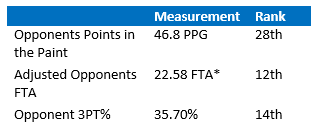
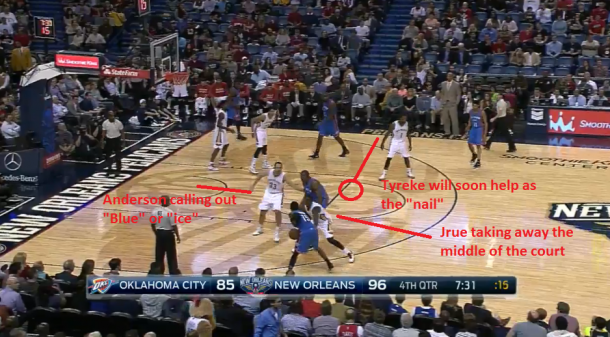
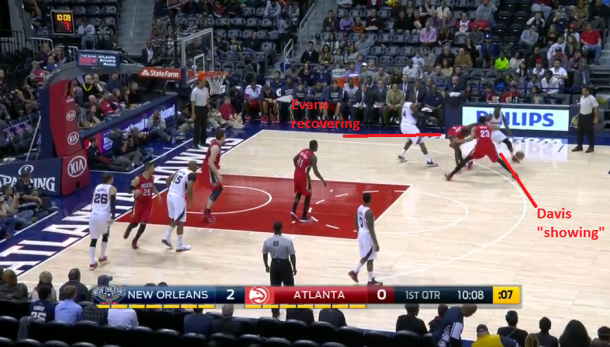
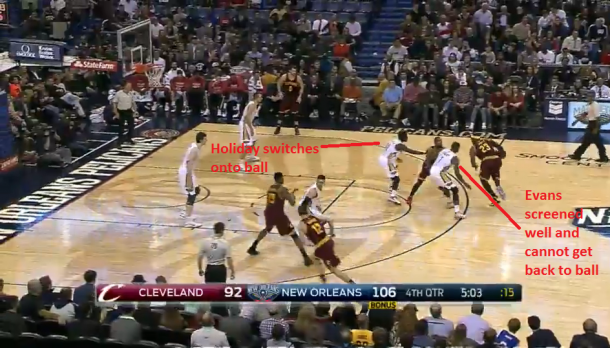
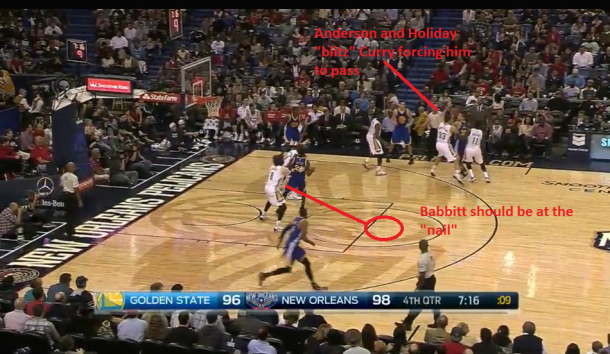
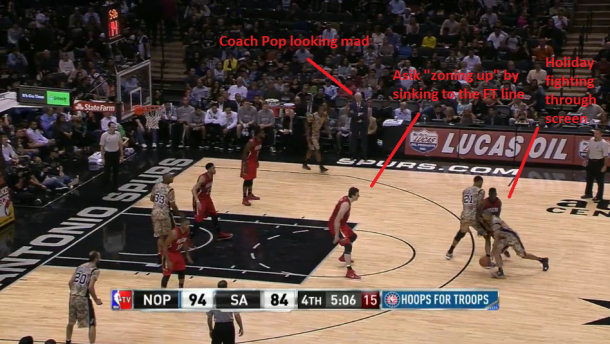
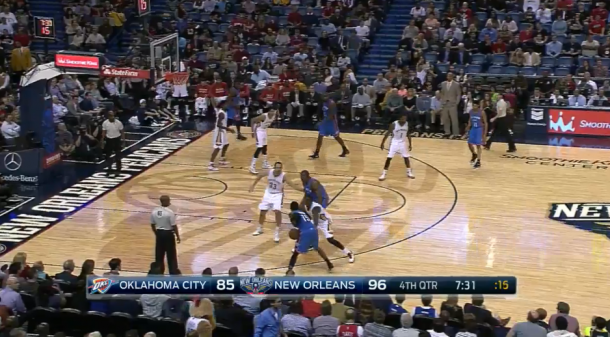
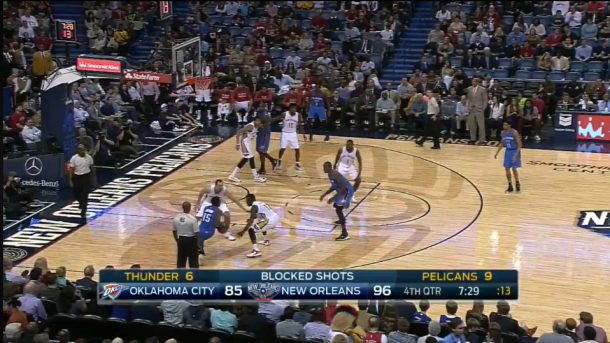
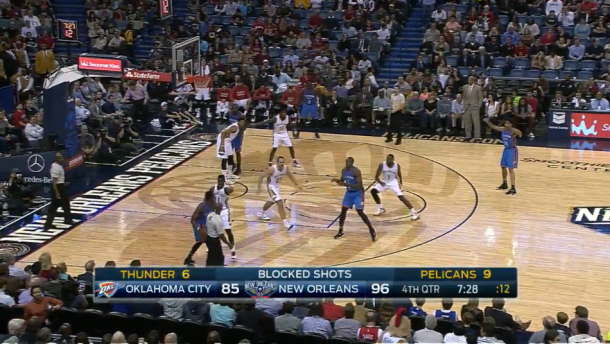
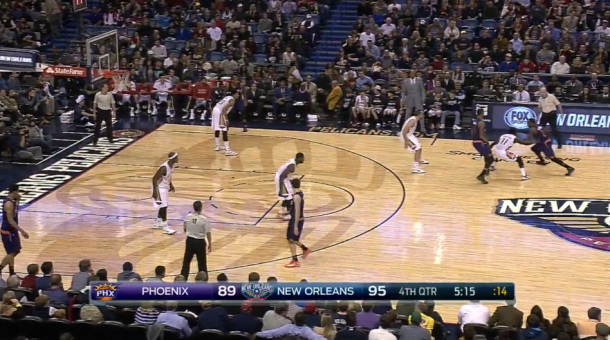
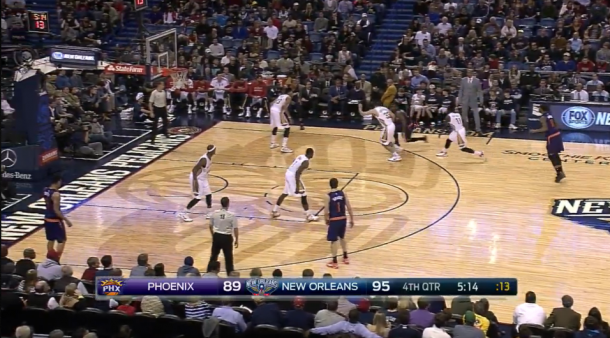
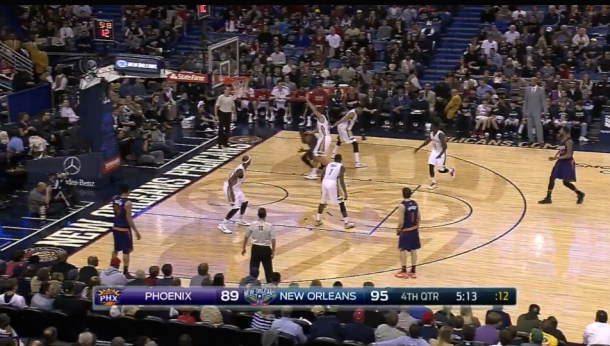
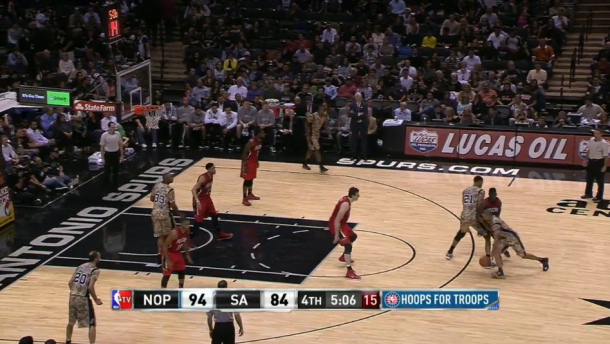
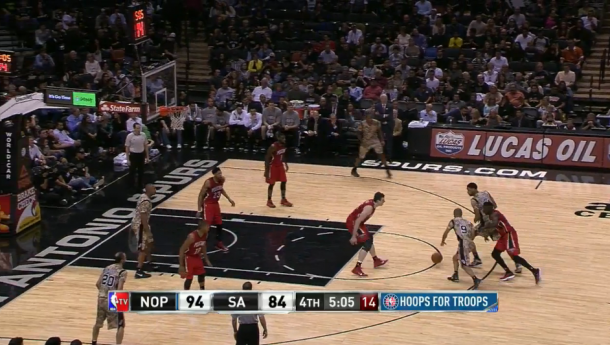
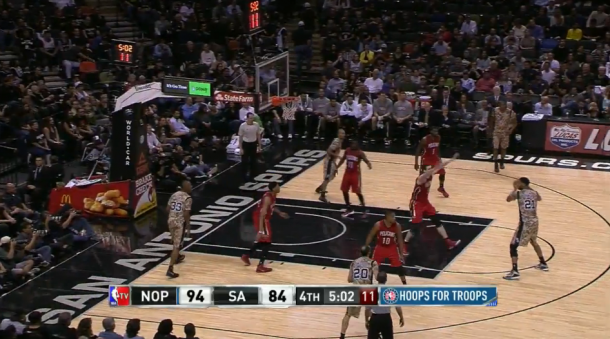
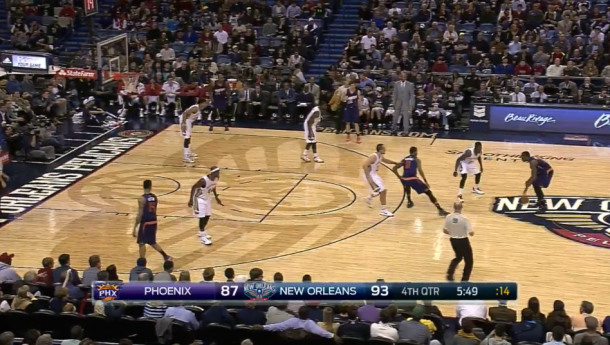
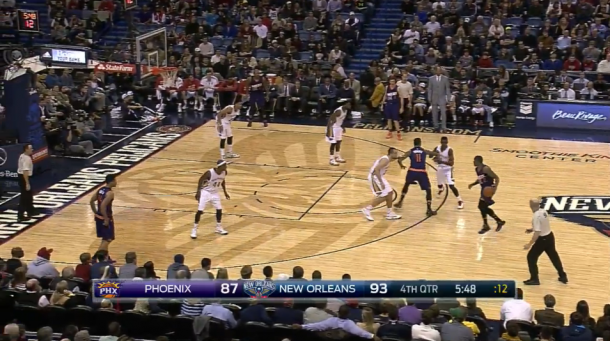
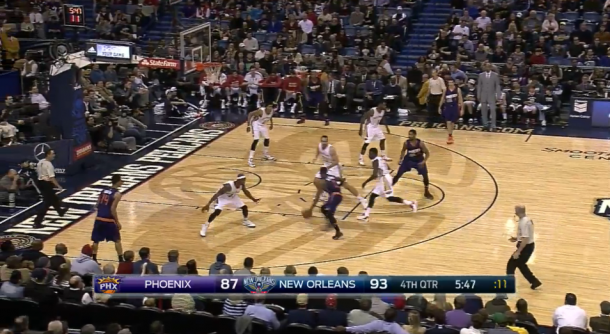
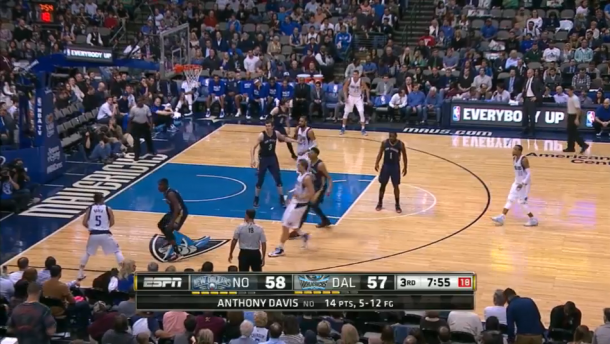
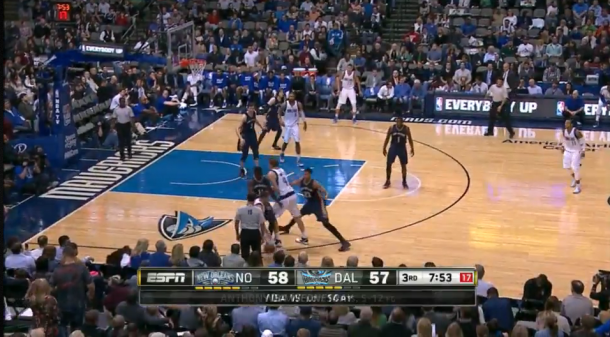
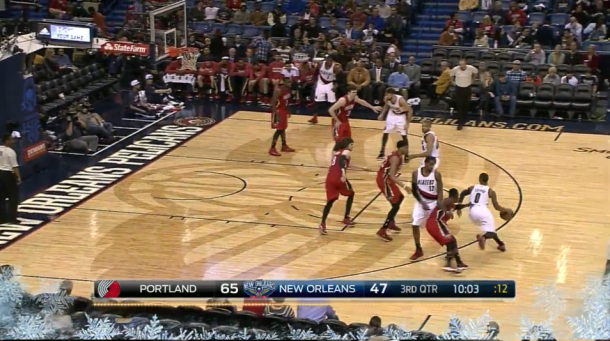
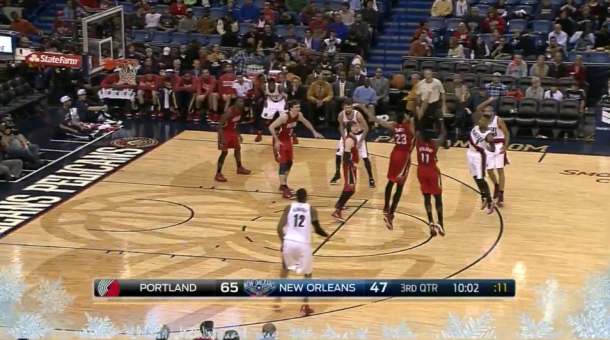




Pingback: Washington Wizards Close Out Road Trip In New Orleans
Pingback: Today's Best NBA Reporting and Analysis - Basketball Intelligence
Pingback: Recap: Washington Wizards End Losing Streak vs. Pelicans
Pingback: Southwest Division Preview « Cavs: The Blog